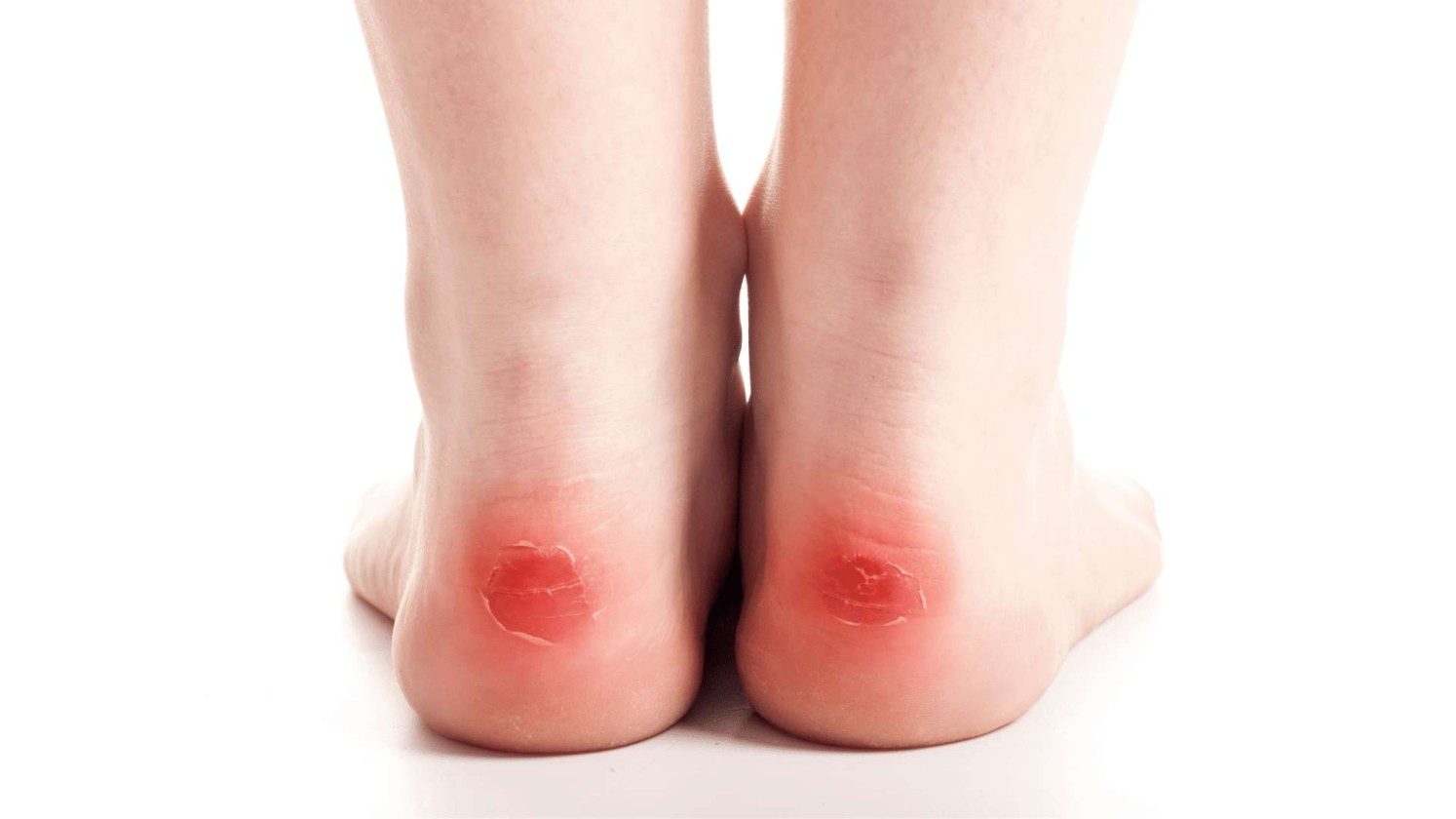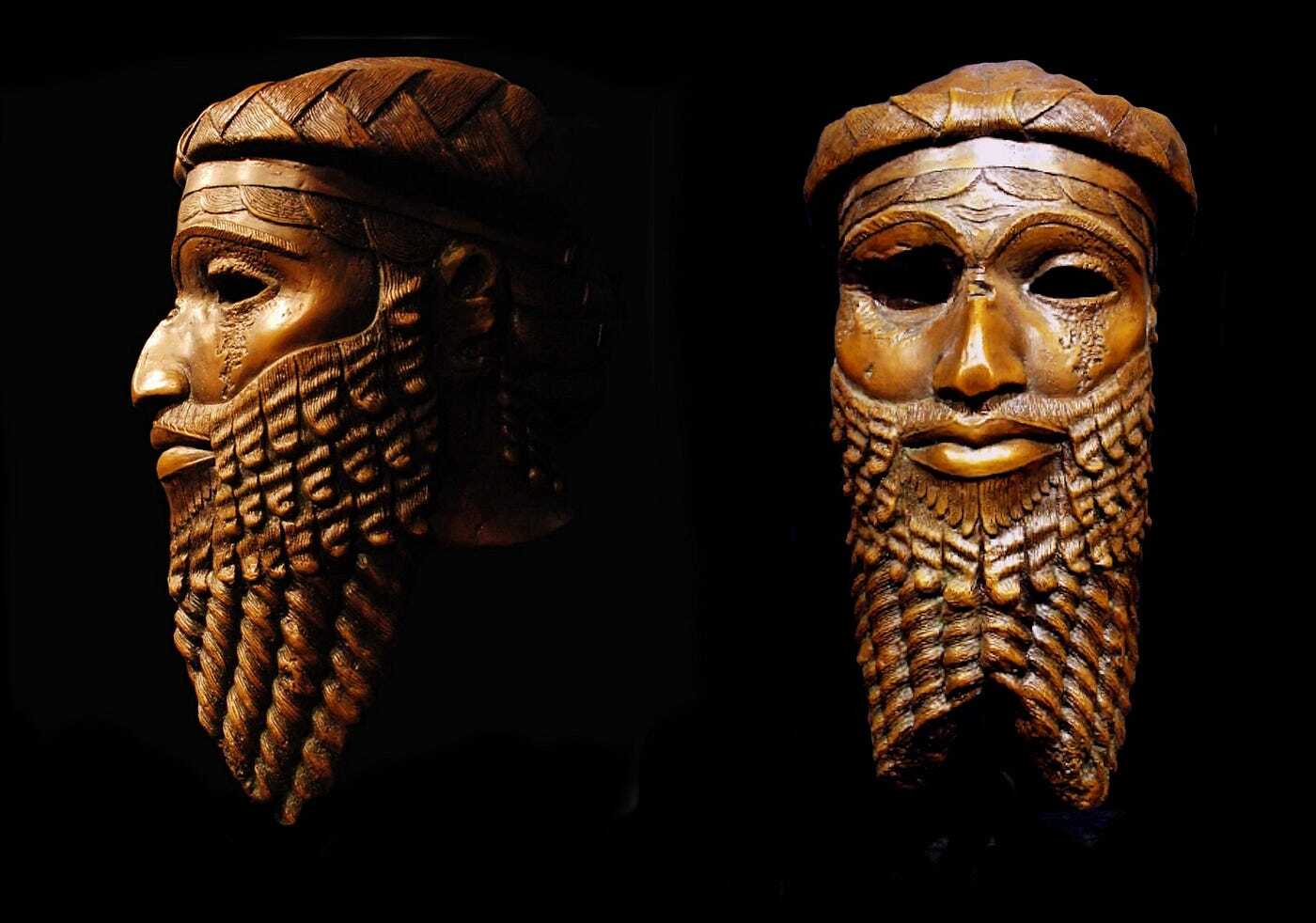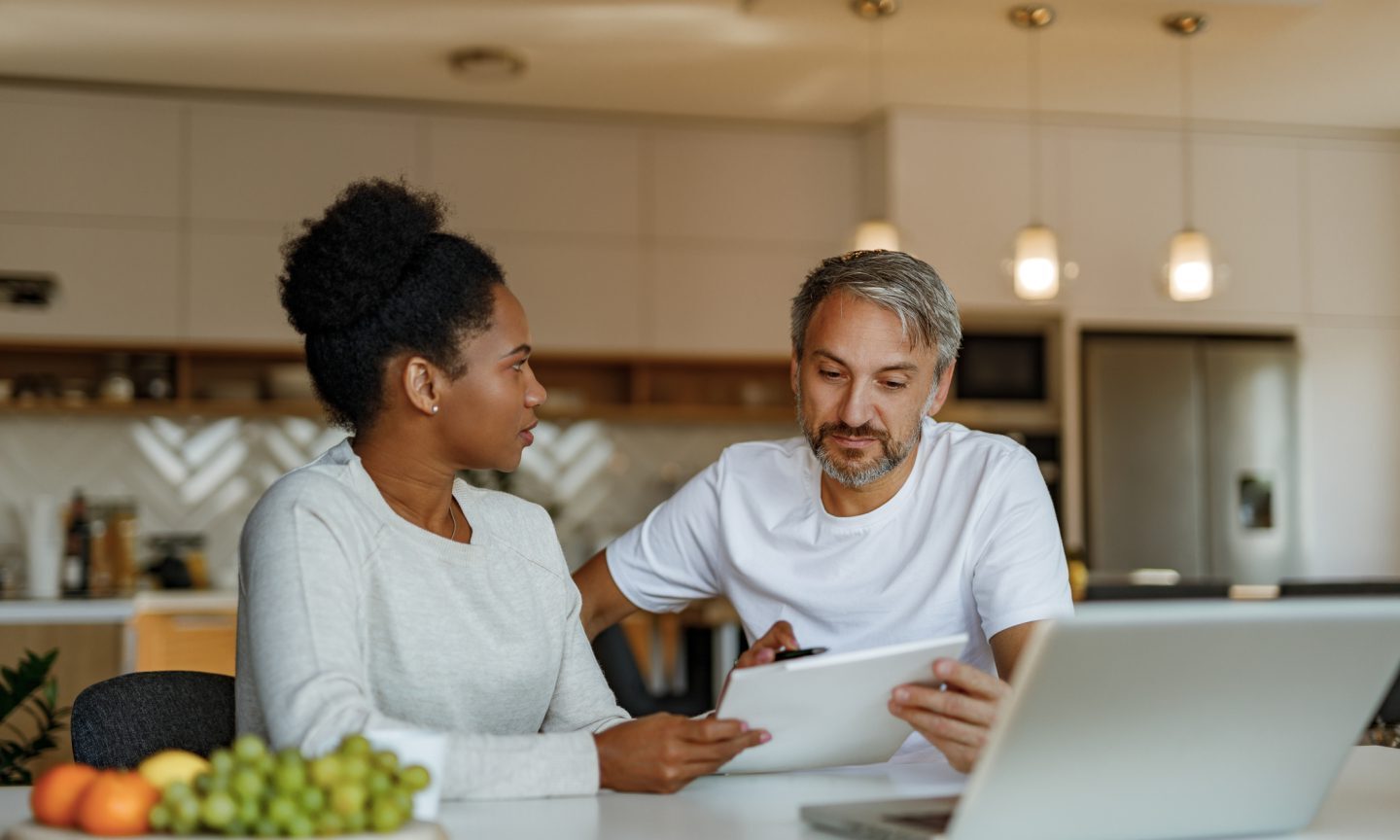
Blisters can be annoying, painful, and sometimes mysterious. Ever wondered why they form or how to treat them? Blisters are small pockets of fluid that develop on the skin, often due to friction, burns, or infections. They act as a protective barrier, allowing the underlying skin to heal. While they might seem like a minor inconvenience, understanding blisters can help you prevent and manage them better. From the causes to the best treatment methods, knowing more about these little bubbles can save you a lot of discomfort. Ready to learn some surprising facts about blisters? Let's dive in!
What Are Blisters?
Blisters are small pockets of fluid that form on the upper layers of skin. They can be caused by friction, burns, or other skin irritations. Here are some interesting facts about blisters.
-
Blisters are the body's way of protecting damaged skin. The fluid inside helps cushion the area and allows it to heal.
-
Friction blisters are the most common type. They often occur on feet and hands due to repetitive rubbing.
-
The fluid inside a blister is usually clear. This fluid is called serum, which is part of the blood.
-
Blood blisters are different. They form when blood vessels under the skin are damaged, causing blood to mix with the serum.
-
Blisters can also be caused by burns. Both heat and chemical burns can lead to blister formation.
-
Sunburns can cause blisters too. Prolonged exposure to UV rays can damage the skin enough to create blisters.
-
Blisters can be a symptom of certain diseases. Conditions like chickenpox, herpes, and eczema can cause blistering.
-
Some blisters are caused by allergic reactions. Contact with certain plants or chemicals can trigger this response.
-
Blisters can form due to infections. Bacterial or fungal infections can lead to blistering on the skin.
-
Blisters can be painful. The pressure from the fluid can cause discomfort, especially if the blister is large.
How to Treat Blisters
Treating blisters properly can help prevent infection and speed up healing. Here are some facts about blister treatment.
-
Most blisters heal on their own. The body will reabsorb the fluid, and the skin will repair itself.
-
It's usually best not to pop a blister. Popping can introduce bacteria and lead to infection.
-
If a blister is very painful, it can be drained. Use a sterilized needle to make a small hole and let the fluid out.
-
Keep the blister clean. Wash it gently with soap and water to prevent infection.
-
Cover the blister with a bandage. This protects it from further friction and keeps it clean.
-
Use antibiotic ointment if the blister pops. This can help prevent infection and promote healing.
-
Avoid removing the skin over a popped blister. The skin acts as a natural barrier against bacteria.
-
Change the bandage daily. Keeping the area clean and dry helps it heal faster.
-
Wear comfortable shoes. Proper footwear can prevent blisters from forming on your feet.
-
Use blister pads or moleskin. These products can cushion the area and reduce friction.
Preventing Blisters
Prevention is always better than cure. Here are some tips to help you avoid getting blisters.
-
Wear moisture-wicking socks. These socks keep your feet dry and reduce friction.
-
Break in new shoes gradually. Wearing new shoes for short periods helps prevent blisters.
-
Use foot powder. This can reduce moisture and friction in your shoes.
-
Apply petroleum jelly to high-friction areas. This can help reduce rubbing and prevent blisters.
-
Wear gloves for manual work. Gloves protect your hands from friction and blisters.
-
Keep your skin moisturized. Dry skin is more prone to blistering.
-
Stay hydrated. Proper hydration keeps your skin healthy and less likely to blister.
-
Use blister prevention tape. This tape can be applied to areas prone to blisters.
-
Choose the right socks for your activity. Different activities may require different types of socks.
-
Avoid walking barefoot in unfamiliar areas. This can prevent blisters from cuts or scrapes.
Interesting Facts About Blisters
Blisters have some surprising aspects that many people might not know. Here are some intriguing facts.
-
Blisters can form in your mouth. These are often caused by burns from hot food or drinks.
-
Some people are more prone to blisters. Genetics can play a role in how easily you blister.
-
Blisters can form under calluses. This happens when the skin underneath is damaged.
-
Blisters can be a sign of a serious condition. Diseases like pemphigus and bullous pemphigoid cause severe blistering.
-
Blisters can form from frostbite. Extreme cold can damage the skin and cause blistering.
-
Blisters can be caused by certain medications. Some drugs have side effects that include blistering.
-
Blisters can form from radiation therapy. This treatment for cancer can sometimes cause skin blistering.
-
Blisters can be a sign of zinc deficiency. Low levels of zinc can lead to skin problems, including blisters.
-
Blisters can form from insect bites. Some insect bites cause a reaction that leads to blistering.
-
Blisters can be a sign of autoimmune diseases. Conditions like lupus can cause the immune system to attack the skin, leading to blisters.
Final Thoughts on Blisters
Blisters, those pesky little bubbles, can be a real pain. They form due to friction, burns, or even certain medical conditions. Knowing how to prevent and treat them is key. Wear proper footwear, keep your skin dry, and use protective gear when needed. If one does pop up, clean it gently, apply an antibiotic ointment, and cover it with a bandage. Avoid popping it unless necessary, as this can lead to infection. Remember, blisters are your body’s way of protecting damaged skin. Treat them with care, and they’ll heal faster. Stay informed, take precautions, and you’ll keep those blisters at bay. Whether you're hiking, running, or just going about your day, a little knowledge goes a long way in keeping your feet happy and blister-free.
Was this page helpful?
Our commitment to delivering trustworthy and engaging content is at the heart of what we do. Each fact on our site is contributed by real users like you, bringing a wealth of diverse insights and information. To ensure the highest standards of accuracy and reliability, our dedicated editors meticulously review each submission. This process guarantees that the facts we share are not only fascinating but also credible. Trust in our commitment to quality and authenticity as you explore and learn with us.


